The Omaha

Event Report.
Monday Night Wine-down
January Stag Tasting Wine: Madeira


Event Report.
Monday Night Wine-down
January Stag Tasting Wine: Madeira
We have a new Board Member: Stefan Kasan. Here, in his own words, is how Stefan became interested in wine. “ Born and raised in southern NJ, my job as a Construction Manager moved me to Omaha NE in October 2012 for a large data center project. On that project, Mike Wilke and I worked together and eventually became good friends. Mike was gracious enough to share his wine with me and, from there, my love for wine took off. It’s led me to great vacations, fantastic dinners, and some of the best people in my life. I look forward to continuing my journey and helping others see the appreciation in a great glass of red wine.” Welcome aboard, Stefan!
Cheers!
Tom Murnan
“Anger is one letter short of danger.” - Eleanor Roosevelt

Best of the Cockle Bur compiled & edited by Harry B. Otis, 3rd President 1973-1974
Event Report: Monday Night Wine-down by Tom Murnan. Photos by Tom Murnan and Ron Policky.
Our September 22nd stag was at the new Venue, Pivot Prime, in the old Mahogany building. Pivot is owned by Greg Young, who owns Salted Edge. They spent months remodeling, and the results are stunning. But we were regulated in the small party room. 30 people attended, all the room could handle. An American steakhouse, it had some international touches. The American Wagyu Tataki, with its teriyaki flavors, was Asian and salty, and the Truffle Ravioli was Italian. The Lyonnaise Salad was very French, with generous slices of pork belly. The Prime Filet Mignon was medium rare and typical American steakhouse fare except for the Potato Leek Dauphinois. Don’t get me wrong, it was all good. The interesting component in the wine arena was that all the dinner wines were served blind. Your job was to determine which wine was which. Of the three pairings, the salad course had one French and one California Sauvignon Blancs, the Ravioli had two Bordeaux, one Left Bank (Cabernet Sauvignon dominant) and one Right Bank (Merlot dominant). The Entrée had two Napa Cabernets: Chappellet Signature 2013 and the La Jota Howell Mountain 2015. About four members got all the pairing identifications correct. The wines were all superior, our new emphasis. Thanks to Hasan Hyder, who organized the wine pairings, and Co-host Joe Goldstein. Under our new emphasis on better wines, this was the first time that the Branch served two white wines from our cellar. It used to be that no white wines except for Sauternes were purchased for the cellar. The times, they are a changing.
Tawny Port vs. Madeira. Our January 3, 2026, Stag feature Written by
Tom Murnan
Our January Stag will feature two fortified wines we are mostly unfamiliar with, yet pack a mighty flavor punch. These two wines were selected because they both have some similarities in how they are made. They both come from Portugal, and they are both in an oxidative style. Last month we discussed Tawny Port. Now we move to Madeira.
Madeira is a spectacular wine, probably the longestlived wine in the world. Most Madeira made today (85%) is made with a red grape called Tinta Negra Mole, but the higher end Madeiras are made with “noble” white grapes and labeled after the name of the grape. Sercial is the driest, then Verdelho. Sweeter yet is Bual or Boal. The sweetest is Malvasia (pronounced malva-see-a), anglicized as Malmsey. They are all fortified with Portuguese brandy, called aguardiente. Around 1750, it was discovered that heat improved the flavor. A pipe (cask) of Madeira was forgotten and returned from shipment to America. It was improved by the heat of the equator and the sloshing around the ship which increased its oxidation. Every budding wine collector quickly finds out that oxygen is the enemy of wine. Keep a Cabernet Sauvignon for 4 or 5 days in an opened bottle and it changes flavors for the worse.
Not so Madeira. Being raised in cask in the presence of high alcohol, it is resistant to the ill effects of oxygen. Most of you know I have been preaching the benefits of controlled exposure to oxygen for red wines, using the Parker method, or double (or more) decanting where you decant the bottle then directly return it to the bottle and cork it. But did you know, it takes a week or two to really open up a Madiera? And by open, I mean sitting in a larger decanter than the bottle to expose it to oxygen and wake it up. Skip this step and you wonder what all the fuss is about for Madeira.
Madeira was the most expensive but favorite wine of the newborn United States. When Thomas Jefferson made the Louisiana Purchase, the French celebrated with Champagne, but the Americans with Madeira. Like all high alcohol wines, both Madeira and Ports should be stored standing up as the high alcohol deteriorates the cork if left on its side. The flavor profile of Madeira runs from raisins, prunes, notes of coffee and caramel. The wine’s amber or tawny color is a result of the unique winemaking process. This process involves heating and oxidation, which caramelizes the sugars and changes the color of the finished wine. Once relatively cheap for their great age, those old stocks are rapidly dwindling. Old Madeira is becoming very expensive. Our January Madeira will be a 1990 D’Oliveira Malvasia.

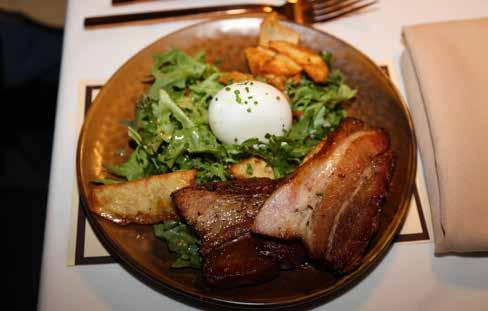

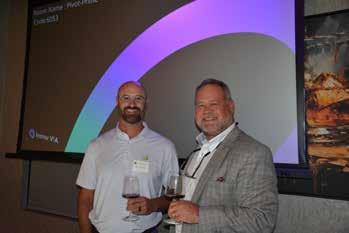
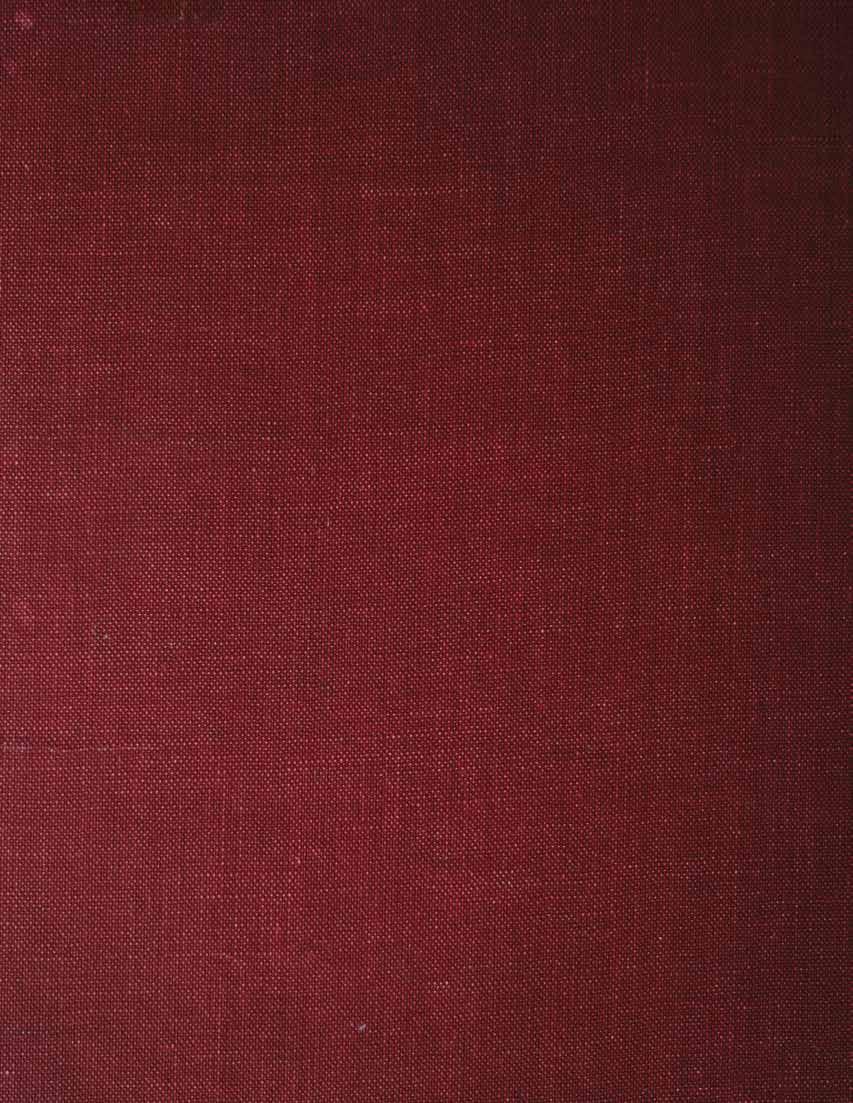


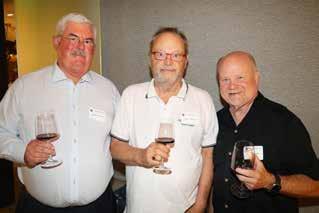

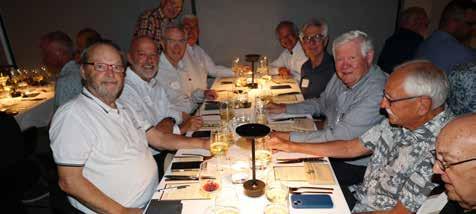
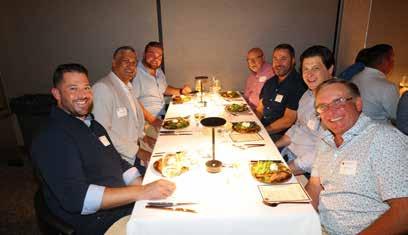
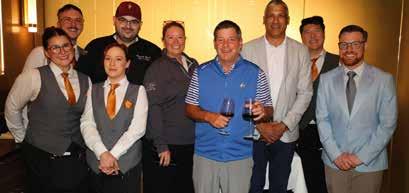

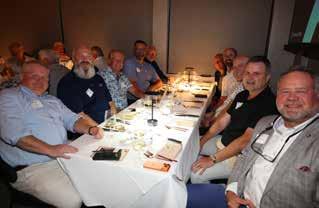

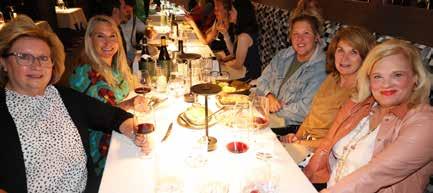
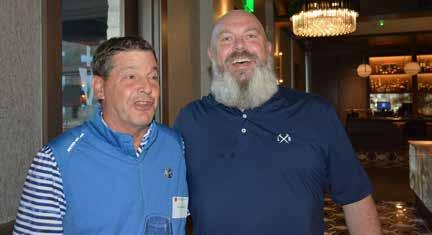

NOV 15
Theme TBD
Event host: Dave Thrasher
Holiday combined event with Omaha Metro
Theme TBD
Event hosts: Mike Wilke & Joe Goldstein.
1990 Madeira vs. 60-Year-Old Tawny Port Tasting
Dunn Cab vertical tasting with main course
Event hosts: Mike Wilke & Joe Goldstein.